Do You Know These Things About the Mourning Dove?
These gentle and graceful birds have captured the hearts of many backyard birdwatchers, including myself.
Join me as we uncover 17 of the more interesting mourning dove facts that will leave you appreciating these remarkable birds even more.
The Unique Sound of Mourning Doves
One of the most distinctive features of mourning doves is their soft, mournful cooing sound.
This soothing call is what gives them their name, as it resembles the sound of someone mourning. The male mourning dove uses this call to attract a mate.
Mourning doves have a unique way of producing their cooing sound. They inflate their throat, creating a resonating chamber that amplifies the sound.
This allows their call to carry over long distances, making it easier for them to communicate with other doves.
Not only is their call beautiful, but it's also quite versatile. Mourning doves can produce a variety of different coos, each with its own meaning.
From the gentle cooing used to attract a mate to the more urgent calls used to warn of danger, these birds have a rich vocal repertoire.
Fast Nest Builders
Mourning doves only 2 to 4 days to build their nest whereas, most backyard birds take a week or longer.
The cavaet here is that it is a poorly made nest that you can see all the way through it.
These loosely placed sticks can allow the eggs to fall out and the Doves to abandon the nest and seek another nesting site.
Form Seasonal Pair Bonds
Mourning doves are known for their strong pair bonds, but unlike some bird species, they do not always mate for life.
Instead, they form seasonal pair bonds, which means they may re-pair with the same or a different mate each breeding season.
During the breeding season, the male mourning dove will court the female by puffing out his chest, bobbing his head, and cooing softly.
If the female is receptive, she'll respond with her own cooing sounds, and the pair will mate.
Once they've formed a bond, the male and female will work together to build a nest, incubate their eggs, and care for their chicks.
This cooperative behavior is one of the reasons why mourning doves are such successful breeders.
Have a 99 Percent Seed Diet
Mourning doves are primarily granivorous, which means that they eat seeds and grains. In fact, seeds make up about 99% of their diet!
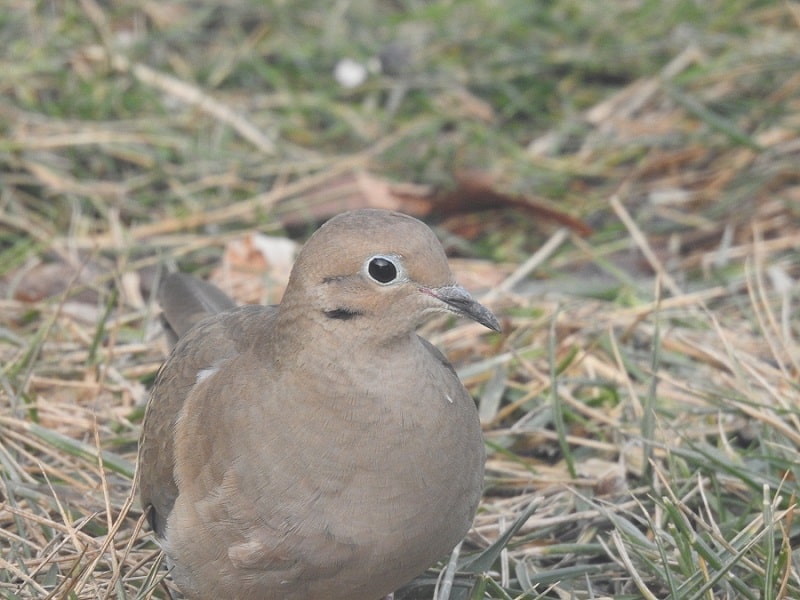
They'll eat a wide variety of seeds, including those from grasses, weeds, and cultivated crops.
To help them digest their food, mourning doves will swallow small stones and grit.
These materials help to grind up the seeds in their gizzard, making it easier for them to extract the nutrients.
So, if you want to attract mourning doves to your backyard, be sure to provide them with a mix of seeds and a source of grit.
Have a Wide Distribution
Mourning doves can be found throughout North America, from southern Canada to Central America.
They inhabit a variety of environments, including grasslands, forests, and urban areas.
Their adaptability and tolerance for different habitats make them one of the most widespread bird species in North America.
Are Prolific Breeders
Mourning doves can raise multiple broods in a single breeding season, which typically runs from March to September.
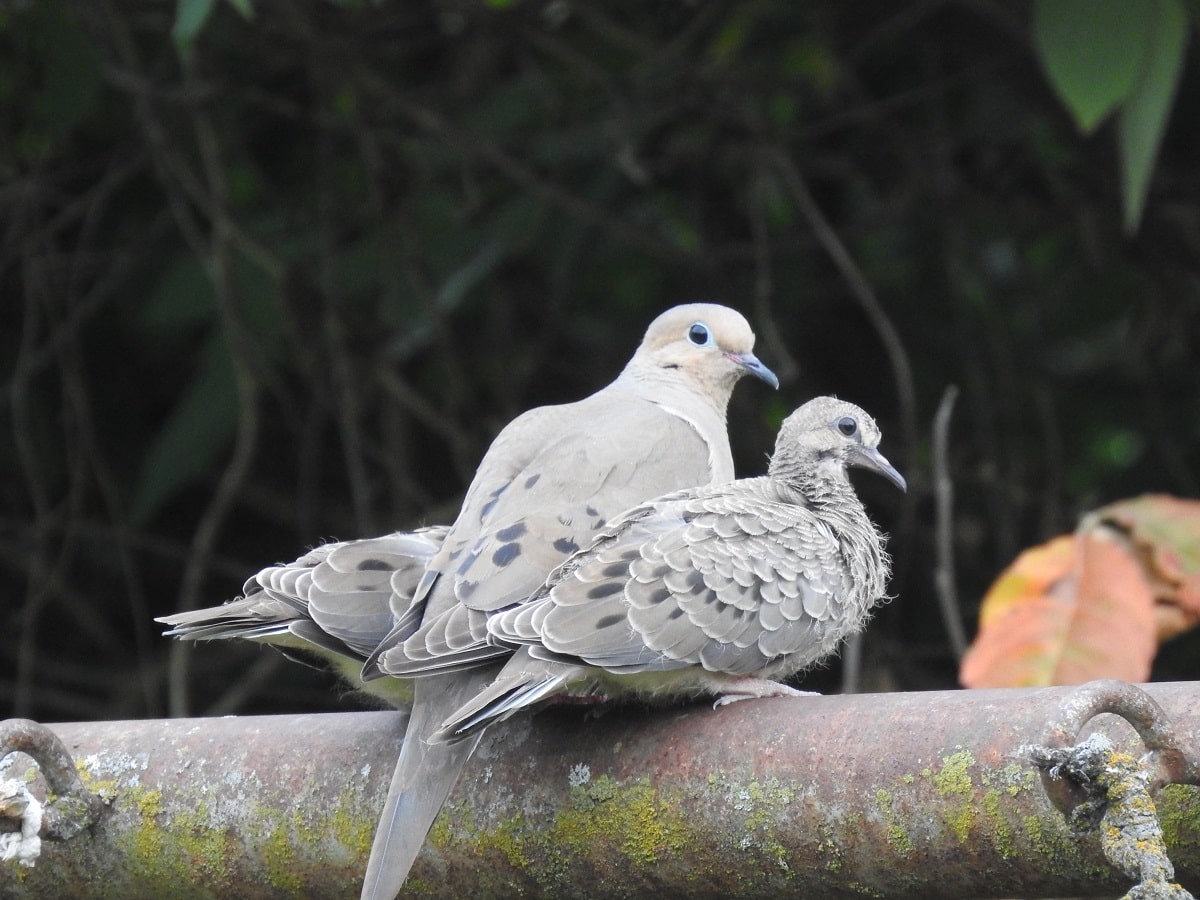
They lay 1-2 eggs per clutch, and the eggs hatch after about 14 days of incubation.
The chicks, called squabs, fledge in just 12-15 days after hatching, allowing the parents to start another brood quickly.
Have a Unique Flight Pattern
Mourning doves have a unique flight pattern that is characterized by rapid wing beats interspersed with gliding.
During flight, the birds flap their wings rapidly for a few seconds, and then glide for a longer period of time, with their wings held outstretched and motionless.
This flight pattern is also known as "bounding flight," and it allows the birds to cover long distances with minimal energy expenditure.
Are Prey for Many Predators
Mourning doves are an important food source for various predators, including birds of prey, such as hawks and falcons, and mammals, like foxes and raccoons.
Their nests are also vulnerable to predation by snakes and squirrels.
To avoid predation, mourning doves rely on their speed, agility, and camouflage.
Have a Relatively Short Lifespan
In the wild, mourning doves have an average lifespan of 1-3 years. However, some individuals can live up to 5 years or more.
Their short lifespan is due to various factors, including predation, disease, and accidents.
Are Social Birds
Mourning doves are often seen in pairs or small groups, especially during the non-breeding season.
They will gather at communal roosts in the evening, sometimes in large numbers.
These social gatherings provide safety in numbers and help the birds stay warm during cold nights.
Are Ground Feeders
Mourning doves prefer to feed on the ground, where they can easily find seeds and other food sources.
They have a unique feeding behavior called "tipping up," where they stretch their necks and tilt their heads to pick up seeds with their beaks.
Symbols of Peace and Love
Due to their gentle appearance and soothing cooing sounds, mourning doves have long been associated with peace and love.
They are often used as symbols in art, literature, and various cultural traditions, representing hope, renewal, and the promise of a brighter future.
They are able to fly for long distances without stopping
Mourning doves can fly at speeds of up to 55 miles per hour.
They are able to fly for long distances without stopping, and have been known to travel up to 600 miles in a single day.
This makes them one of the fastest and most efficient migratory birds in North America.
Not only are they fast, but mourning doves are also incredibly agile.
They can change direction quickly and effortlessly, making them difficult for predators to catch.
They have a unique way of cooling off in hot weather
Mourning doves have a unique way of cooling off in hot weather, where they puff up their throats and pant like a dog.
This behavior is known as "gular fluttering," and it helps the birds to regulate their body temperature by increasing air flow over the moist surfaces of their throat and mouth.
This is especially important in hot, dry climates, where the birds may be at risk of overheating.
Can survive in harsh winter conditions
Doves fluff up their feathers to trap air and keep warm.
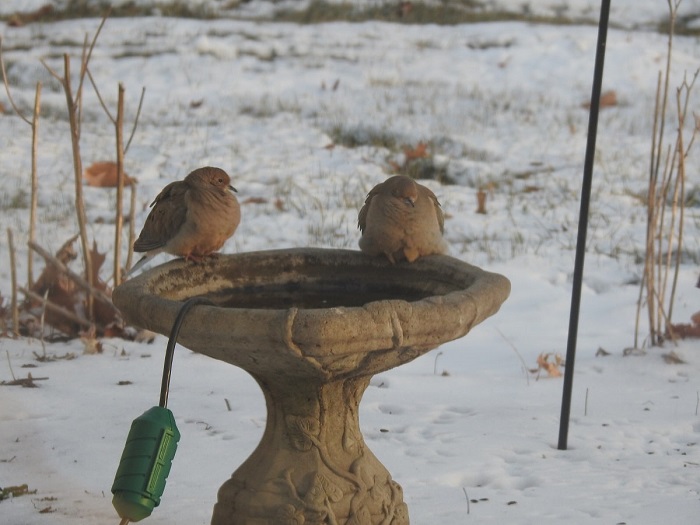
They also have a specialized circulation system that helps to keep their feet warm in cold weather.
This system allows warm blood to flow down into the feet, where it is cooled by the cold environment. The cooled blood then flows back up to the body, where it is warmed up again.
They have a specialized crop that allows them to store food
Mourning doves have a specialized crop that allows them to store food for later digestion.
This crop is a muscular pouch located at the base of the esophagus, and it can hold up to 17% of the bird's body weight in food.
Mourning doves use their crop to store seeds and other food items, which they can later regurgitate and re-chew in order to extract more nutrients.
They able to survive in a wide range of environments
Mourning doves are able to survive in a wide range of environments, from deserts to forests to urban areas.
They are adaptable birds that can thrive in both natural and human-altered landscapes.
In urban areas, mourning doves are often found in parks, gardens, and other green spaces, where they can find food and shelter.
They are also common in agricultural areas, where they feed on crops like wheat, milo, and oats.
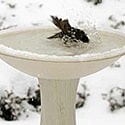 Heated Pedestal Baths |
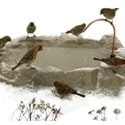 Heated Ground Bath |
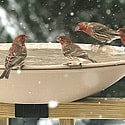 Heated Deck Mounted |
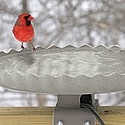 Scallaped Deck Mounted |






